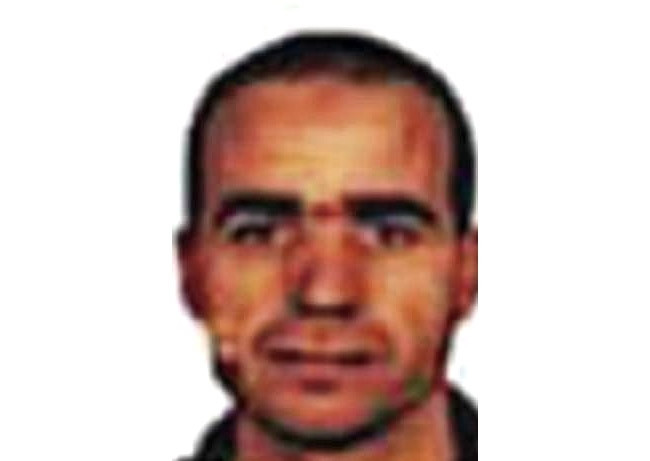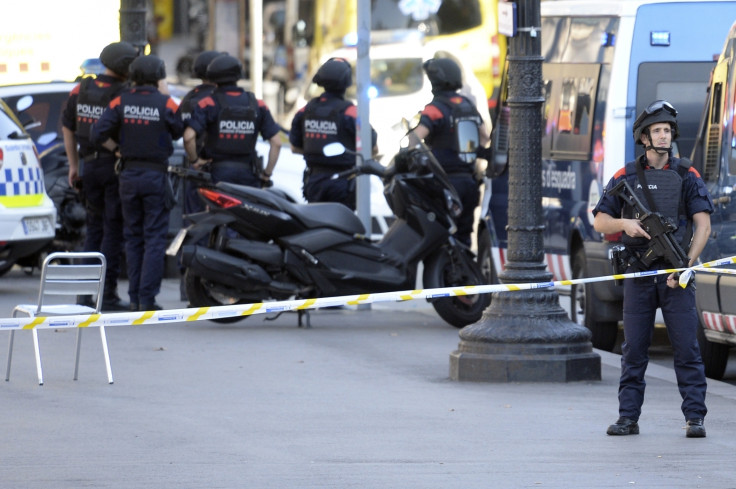Isis 'pledge' found in Barcelona bomb factory where Imam died in explosion
Imam Abdelbaki Es Satty died in a house in Alcanar a day before the Las Ramblas van attack.
A handwritten pledge of allegiance to Isis has been found in the debris of the bomb factory where Imam Abdelbaki Es Satty, the leader of the Barcelona terror cell, was killed in an explosion.
Isis had previously claimed responsibility for last week's terrorist attacks in Catalonia which killed 15 people and injured more than 100 but the latest finding provides the most concrete connection between the so-called Caliphate and 12-strong terror cell.
Es Satty's accidental death on 16 August at a home containing more than 100 gas canisters intended for tourist attractions in Barcelona promoted the young men under his influence to move to a plan B, launching vehicle attacks on Las Ramblas and in nearby Cambrils.
This morning (23 August) Spanish newspaper La Vanguardia reported that a manuscript containing a brief letter was found by investigators at the bomb factory in Alcanar, 120mi south of Barcelona, where Es Satty and two others were killed.
"In the name of Allah the merciful, from the compassionate soldiers of the Islamic State in the land of al-Andalus to the crusaders, the hateful, the sinners, the unjust, the corrupt," it read.
Al-Andalus was the name for Spain and Portugal when they were Muslim territories in the Medieval and Middle Ages.
The manuscript was reportedly found inside a green book with El-Satty's name written on it among the debris of the explosion.
In addition to the butane and propane canisters, investigators also found triacetone triperoxide, or TATP, an explosive nicknamed "Mother of Satan" used in the 2005 London bombings and by Richard Reid, the 2001 shoe bomber.

Authorities believe they have killed or arrested all of the cell members. Mohamed Houli Chemlal, 21, who survived the explosion that killed Es Satty told a court the gang, led by the imam, had been planning a large scale attack on Barcelona with the explosives.
The group resorted to less sophisticated methods in the aftermath of the explosion, hiring vehicles and arming themselves with knives and fake suicide vests.
It has emerged that Es Satty had links to one of the architects of the 2004 Madrid bombings that killed 196 people and that he worked as an Imam in Belgium before being sacked over suspicions of his radicalism.

The Mayor of Vilvoorde, the Brussels suburb where Es Satty briefly worked, said the preacher was the subject of concerns within Muslim and wider communities.
He said the Imam of a neighbouring town came to see him personally about Es Satty to ask about his past and if background checks had been carried out.
"He seemed to them a strange man, who said that he came from Spain because he had no future and that he proclaimed himself an imam, although he had little to prove it," Mayor Hans Bonte told La Vanguardia.
"Although there was no evidence or background, the Muslim community in the area decided to expel him from the mosque," he said, adding that he was proud because the Muslims "were the ones who went directly to the police and that is not always so in other places".
© Copyright IBTimes 2025. All rights reserved.




















